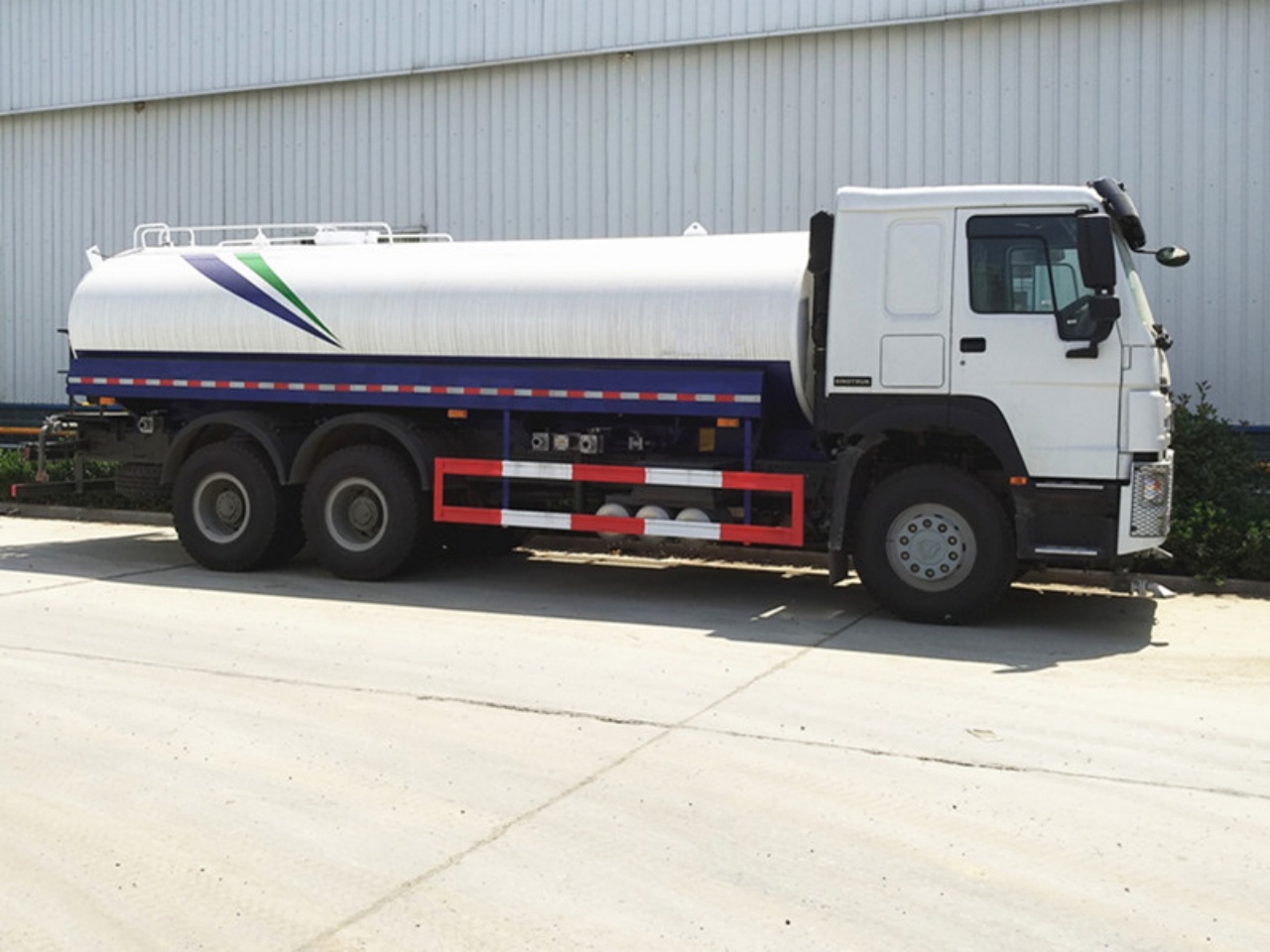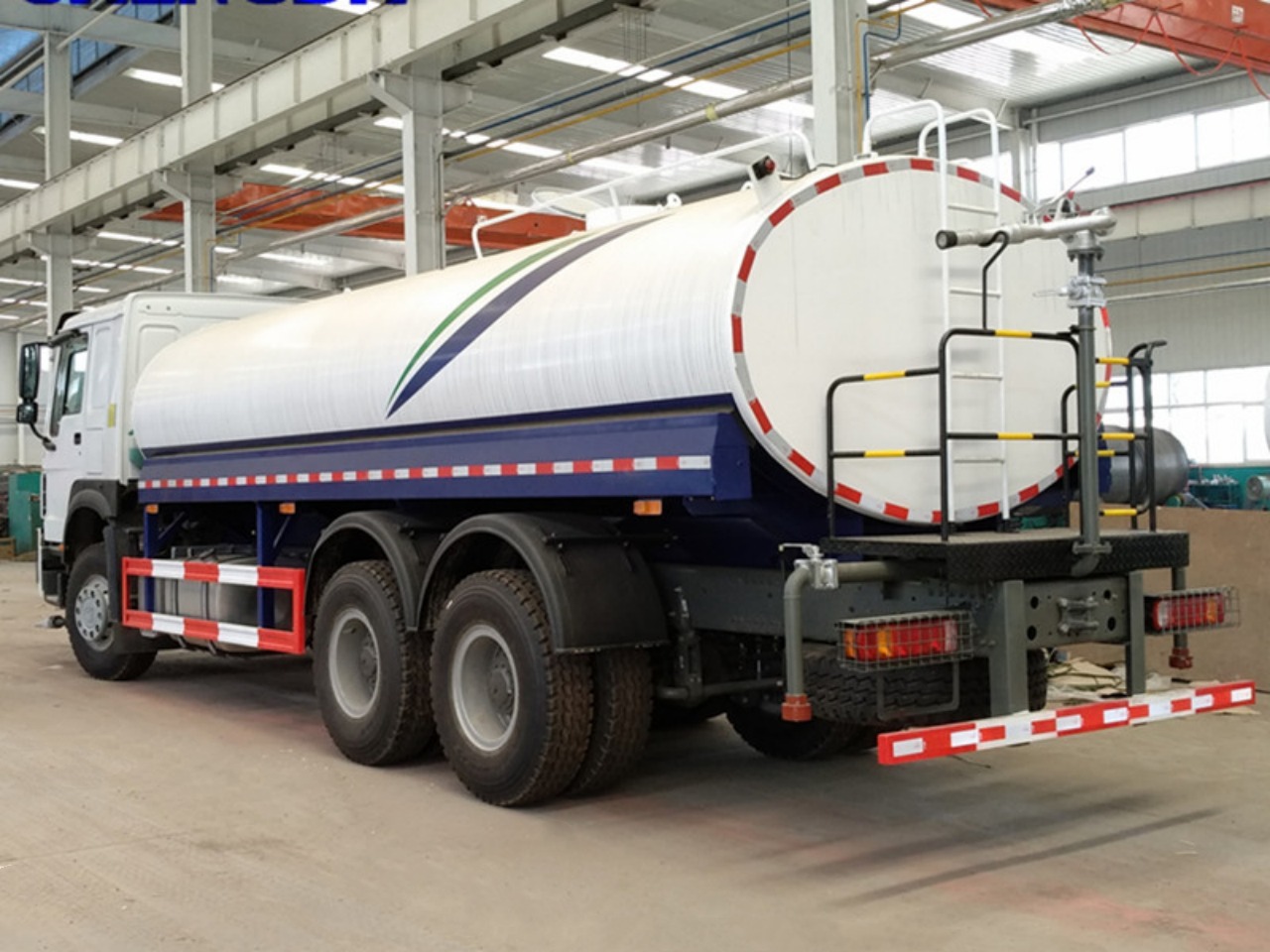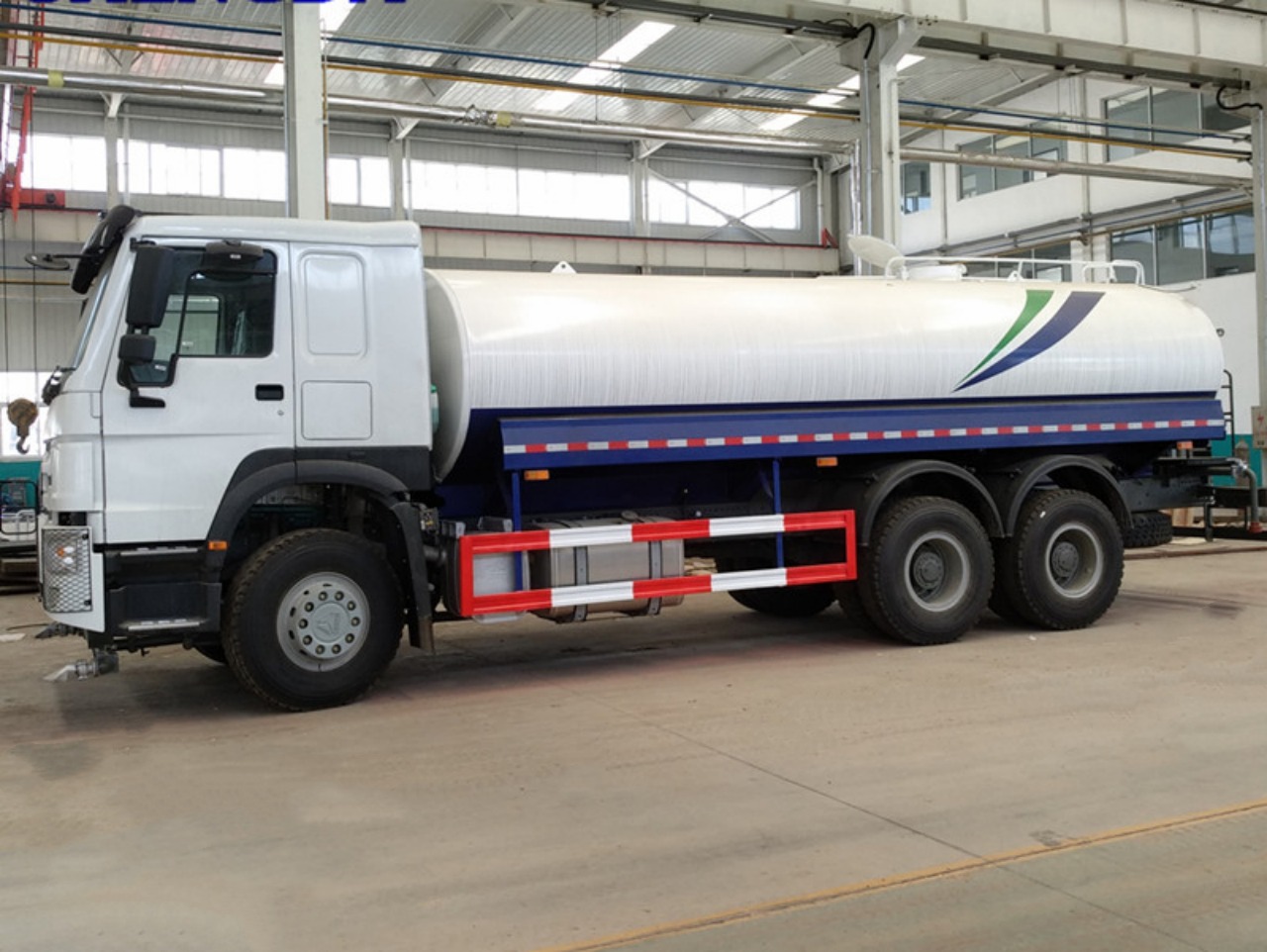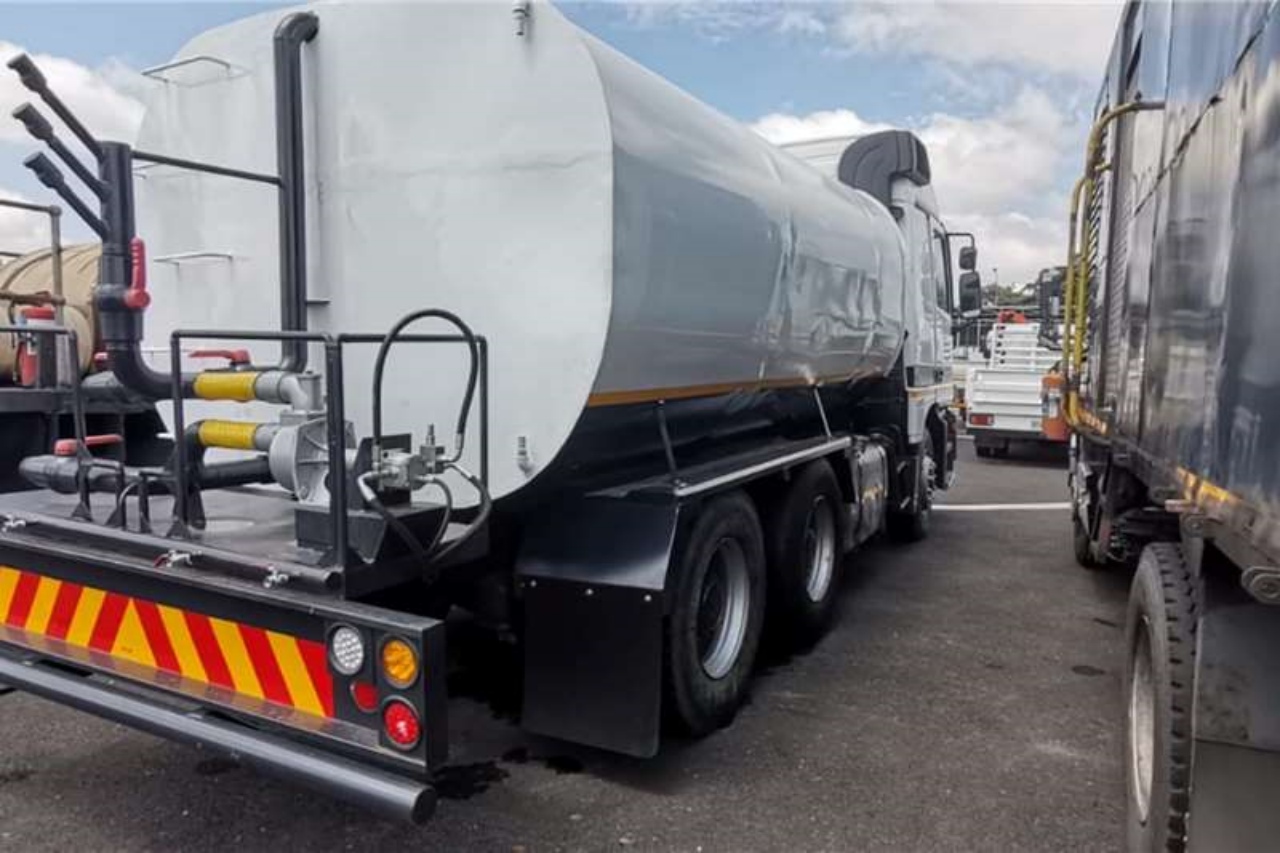Towing a full water bowser may seem like a straightforward task, but it involves multiple considerations that range from safety and legal compliance to vehicle capacity and terrain conditions. Whether you’re a farmer, a construction site operator, or an outdoor event organizer, understanding the complexities of towing a water bowser (also known as a water tank trailer) is crucial to avoid costly mistakes, equipment damage, or even accidents. This article explores the practical and legal aspects of towing a full water bowser, helping you make informed and safe decisions.
What is a Water Bowser?
A water bowser is a mobile water storage unit, often mounted on a trailer or truck chassis, used to transport water to areas lacking a permanent water supply. These are widely used in agriculture, construction, landscaping, firefighting, and event management. Water bowsers come in various capacities, ranging from small 250-litre units to large 10,000-litre trailers. Some are designed for drinking water (potable), while others are intended for dust suppression or irrigation.
When people refer to “towing a full water bowser,” they usually mean hauling a trailer-mounted unit filled to its maximum capacity with water.
Weight of Water and Total Load
Water is deceptively heavy—1 litre of water weighs 1 kilogram. This means a 1,000-litre bowser adds approximately 1,000 kg (1 metric ton) to the load. For a 2,000-litre bowser, you’re looking at 2 metric tons, not including the trailer’s weight. A standard 5,000-litre bowser can weigh around 5 tons when full, and this is before factoring in the trailer’s dry weight, which can be anywhere from 500 kg to over a ton depending on build quality and materials.
For example:
| Bowser Capacity | Water Weight | Estimated Total Towed Weight (with trailer) |
|---|---|---|
| 1,000 litres | 1,000 kg | ~1,500 kg |
| 2,000 litres | 2,000 kg | ~2,800 kg |
| 5,000 litres | 5,000 kg | ~6,500 kg |
The takeaway? Towing a full water bowser significantly increases the demand on your towing vehicle.
Vehicle Towing Capacity
One of the most important factors in determining whether you can tow a full water bowser is your towing vehicle’s maximum braked towing capacity. This refers to the heaviest trailer your vehicle can legally and safely tow when the trailer has its braking system. You can usually find this information in your vehicle’s manual or on a manufacturer’s specification plate.
For instance:
- A medium-duty 4×4 pickup truck like a Ford Ranger or Toyota Hilux might have a towing capacity of 3,500 kg.
- Larger SUVs or commercial vehicles (like a Land Rover Defender or Iveco Daily) may tow up to 3,500–7,000 kg with the right configuration.
- Agricultural tractors and HGVs (heavy goods vehicles) can tow significantly more, often over 10,000 kg.
Trying to tow a full water bowser that exceeds your vehicle’s rated capacity is not only illegal—it’s dangerous. It can cause brake failure, instability, and loss of control.
Braking and Stability
Trailer brakes are mandatory for most bowsers over a certain weight (usually around 750 kg gross trailer weight in many jurisdictions). Larger water bowsers typically come with their braking system—either hydraulic or air brakes—which must be compatible with the towing vehicle.
Beyond braking, trailer sway and loss of traction are real risks. A full water bowser has a high center of gravity, and the liquid inside creates a dynamic load. As the vehicle moves or turns, the water sloshes, causing a phenomenon called “liquid surge.” This movement can shift the center of mass, making it harder to control the tow vehicle, especially at high speeds or on uneven terrain.
Legal and Regulatory Considerations
Legal requirements for towing vary by country and sometimes by region. In the UK, for example:
- Drivers must hold the correct category of driving license (Category B for vehicles up to 3,500 kg, Category B+E or C1+E for heavier combinations).
- Trailers must have lights, reflectors, and often registration plates.
- The bowser and its trailer must meet roadworthiness standards, including brakes, tires, and suspension.
- If the water bowser is used commercially, it may also fall under the Health and Safety Executive (HSE) regulations.
In the U.S., individual states regulate trailer laws, but most require trailers over 3,000 lbs (1,360 kg) to have their own brakes. The Department of Transportation (DOT) may also regulate trailers used in interstate commerce.
Road vs Off-Road Towing
Towing a full water bowser on public roads imposes stricter requirements. Road-legal trailers must meet regulatory standards for lighting, braking, hitching, and weight distribution. The total gross train weight (GTW)—the combined weight of the towing vehicle and the trailer—must not exceed the legal limit.
Off-road towing (e.g., within a farm, quarry, or construction site) offers more flexibility. You might use agricultural trailers with less concern for highway regulations, but safety and mechanical limitations still apply. Always ensure the terrain is suitable—wet or sloped ground can make even a 1-ton trailer difficult to tow or stop.
Practical Tips for Safe Towing
If you’ve determined that your vehicle can safely tow your full water bowser, here are some practical tips:
- Check your hitch – Ensure it’s rated for the load, and the coupling mechanism is secure and undamaged.
- Distribute weight evenly – Ensure the bowser is correctly loaded and balanced, with a proper nose weight.
- Inspect the brakes – Both the tow vehicle and trailer brakes must be fully functional.
- Use appropriate tires – Both the towing vehicle and the trailer should have tires rated for the load and terrain.
- Drive cautiously – Avoid sudden braking or sharp turns. Increase following distance and reduce speed.
- Consider baffle systems – Some bowsers have internal baffles to reduce surge and improve handling. Use them if available.
When Not to Tow a Full Bowser
You should not tow a full water bowser if:
- Your vehicle’s towing capacity is less than the combined weight.
- The trailer lacks a working braking system.
- You are not licensed or trained for towing heavy trailers.
- The road or weather conditions make towing unsafe.
- You are unsure of the bowser’s condition, such as tire wear, tank integrity, or hitch damage.
Conclusion
So, can you tow a full water bowser? Yes—but only if you have the right equipment, capacity, and legal clearance. Towing a full bowser involves much more than hitching it to the back of a vehicle. You must consider weight, braking, legal restrictions, and real-world road or off-road conditions.
For occasional or small-volume transport, a 1,000–2,000 litre bowser may be manageable with a strong 4×4. But for larger capacities—like a 5,000-litre tank—you’ll need a commercial or agricultural vehicle designed for the task. Safety should always come first, and that means knowing your limits before setting out with a trailer full of thousands of kilograms of moving water.





